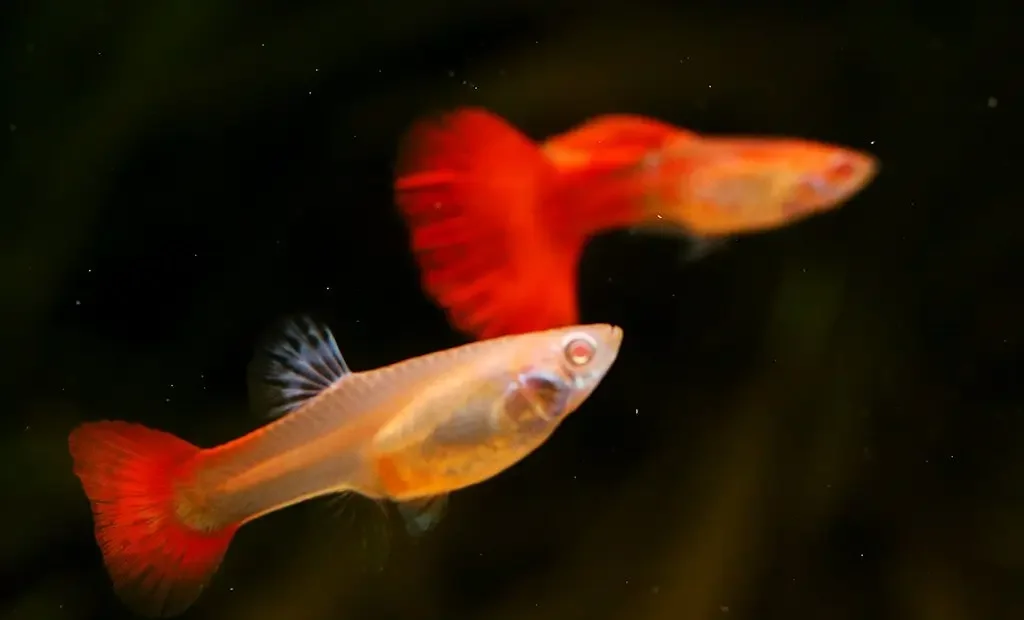Striped Raphael Catfish (Platydoras armatulus)
€4.12
- Scientific Name: Platydoras armatulus
- Common Name: Striped Raphael Catfish
- Origin: Native to South America, primarily found in the Amazon River and its tributaries, particularly in Brazil, Peru, and Colombia. They inhabit slow-moving rivers, streams, and flooded forests with muddy or sandy substrates.
- Size:
- Typically grows up to 6-8 inches (15-20 cm) in length.
- Coloration:
- The Striped Raphael Catfish has a distinct striped pattern with dark brown or black vertical stripes on a light tan or yellowish body.
- The stripes are usually evenly spaced and run from the dorsal to ventral part of the body.
- The fish has a bony armor of spines on its head and body, which gives it a “raphael-like” appearance, offering protection from predators.
- Tank Size: Minimum 30 gallons
- Water Temperature: 74-80°F (23-27°C)
- pH: 6.5-7.5
- Diet: Omnivorous; the Striped Raphael Catfish is a bottom-dweller and will accept a variety of foods.
- They eat high-quality pellets, flakes, live or frozen foods such as bloodworms, brine shrimp, daphnia, earthworms, and small fish.
- They also enjoy vegetables like spinach, zucchini, and blanched peas.
- Temperament: Generally peaceful and shy, though they can be territorial towards other bottom-dwelling fish.
- They are nocturnal and more active during the night, often hiding during the day in caves, rocks, or under driftwood.
- Compatibility: Ideal for community tanks with peaceful or semi-aggressive fish.
- They get along well with other bottom-dwelling species like corydoras, larger tetras, and robust species like cichlids or livebearers.
- Avoid keeping them with overly aggressive or fin-nipping species.
- Breeding: Difficult to breed in captivity; breeding has not been widely observed in aquariums. They are egg-layers and generally breed in the wild in fast-flowing water.
- Care Tips:
- Provide a tank with plenty of hiding spots such as rocks, driftwood, and caves where they can retreat when stressed.
- The tank should have a soft substrate like sand to protect their delicate barbels.
- Regular water changes and good filtration are important for maintaining water quality, as this species is sensitive to poor water conditions.
- Ensure the tank has a stable temperature and slightly acidic to neutral water conditions.
Out of stock




Reviews
There are no reviews yet.